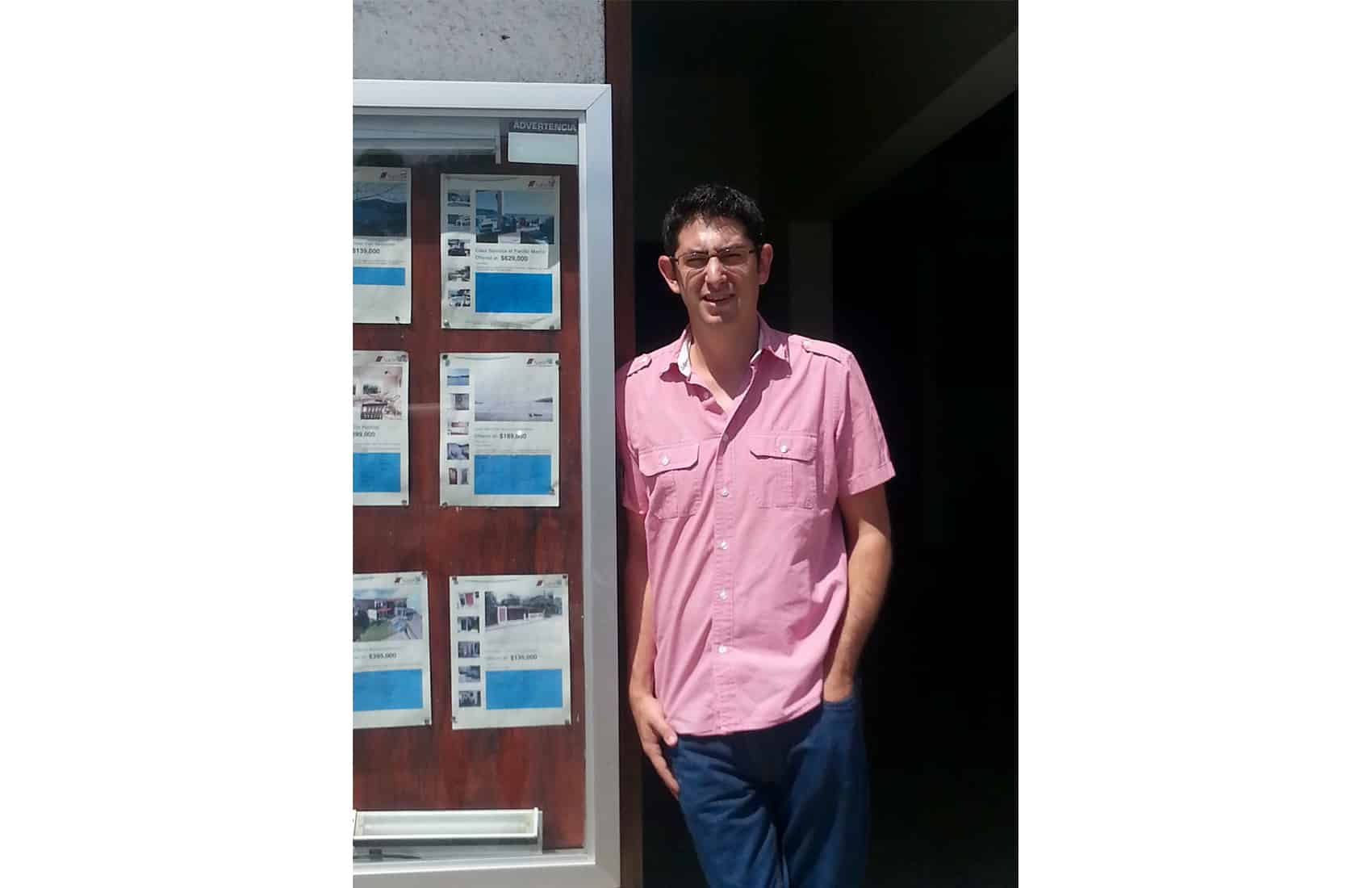Despite their shared border and intertwined populations, Costa Rica and Nicaragua are two distinct countries with unique histories, cultures, political situations, and socioeconomic realities. Nicaragua’s two-decade revolutionary and counterrevolutionary war in the 1970s and ’80s set back the country’s development by 50 years, while Costa Rica benefited during those tumultuous years by receiving massive injections of U.S. dollars.
Now, some 20 years later, Costa Rica and Nicaragua find themselves on similar roads to development, paved by tourism and foreign investment. While Costa Rica has a massive head start, Nicaragua appears to be pacing itself well, in hopes of running a good, long race. Below is a breakdown of how Costa Rica and Nicaragua fare in areas such as foreign residency, investment, real estate, and integration.
Foreign Residency
Costa Rica:
Would-be Costa Rican residents were alarmed last year when the Legislative Assembly considered a bill to change eligibility rules. The proposal included raising the minimum pension requirement to $3,000 per month and eliminating the residente rentista category, which allows anyone with a provable $1,000-per-month income from abroad to apply for permanent residency. The changes would also have permitted the Immigration Department to revise the minimum pension amount every three to four years.
However, in January, the assembly discarded these potential changes, keeping the existing rules intact. Currently, three categories of foreigners are eligible for permanent residency:
- Rentistas – Those with a provable $1,000-per-month income.
- Pensionados (Retirees) – Those with a pension of at least $600 per month.
- Inversionistas (Investors) – Those who invest at least $200,000 in local businesses employing Costa Ricans.
For agriculture-related investments, the minimum is $100,000; for tourism or import-export ventures, it’s $50,000.
Nicaragua:
Foreigners can apply for Nicaraguan residency as pensionados (retirees) or rentistas (those with a steady monthly income). Requirements for both are similar, including paperwork such as birth certificates, marriage certificates, passport photocopies, a clean bill of health, a criminal record check, and proof of income. These documents must be authenticated by a Nicaraguan consulate in the applicant’s home country and the Foreign Ministry, making the process slightly more challenging for those already in Nicaragua.
The monthly income requirement is much lower than in Costa Rica, at $400 per individual, $600 for couples, and $100 for each dependent. New residents are entitled to a one-time $10,000 duty-free import allowance for vehicles or household appliances. Nicaragua is also considering sliding-scale incentives for wealthier foreign residents and investors.
Tourism Investment Incentives
Costa Rica:
The Comptroller General’s Office recently rescinded tax exemptions previously granted to car rental companies, hotels, and other tourism businesses, which allowed tax-free imports of vehicles, microbuses, and hotel equipment. While the Costa Rican Tourism Institute (ICT) claims this change will deter investment and cost jobs, the government maintains that the tourism-incentive law applies only to new businesses for a limited period.
Nicaragua:
Congress is studying reforms to the Tourism Incentive Law (Law 306), expected to pass soon. The new measures would expand benefits to small and medium-sized businesses, which account for nearly 50% of the country’s tourism operations. The reformed law aims to provide tax incentives and financing options, including certificates that fund up to 70% of new tourism projects.
Real Estate Market
Costa Rica:
Costa Rica remains a favorite destination for foreign real estate investors due to its accessibility, modern conveniences, and range of property options. Guanacaste, with its popular beaches and international airport, continues to dominate the market. However, analysts predict a decline in Costa Rica’s market as less expensive neighbors like Nicaragua, Panama, and Honduras attract more buyers.
Nicaragua:
Nicaragua’s real estate market is often compared to Costa Rica’s 20 years ago. Cities like Granada have seen significant growth, with property values rising rapidly. Beachfront real estate is also appreciating as infrastructure projects, such as a new coastal highway, move forward.
Borders, Customs, and Integration
Costa Rica:
Costa Rica has been cautious about Central American integration. While trade officials are committed to the Central American Customs Union, eliminating border stations and streamlining immigration processes are not immediate priorities.
Nicaragua:
Nicaragua has embraced regional integration, opening its border with Honduras and supporting initiatives like a unified Central American passport and shared infrastructure projects, including a mega-port on the Gulf of Fonseca.
Central American Free-Trade Agreement (CAFTA)
Costa Rica:
President Abel Pacheco’s hesitation to send CAFTA for ratification has caused frustration among business leaders. Opponents cite concerns over environmental impact and the required deregulation of state monopolies.
Nicaragua:
While the Sandinistas in Congress have stalled CAFTA, they lack the votes to block it. The agreement includes preferential conditions for textiles, rice, and meat exports, though it has sparked protests over its potential impact on small farmers.






